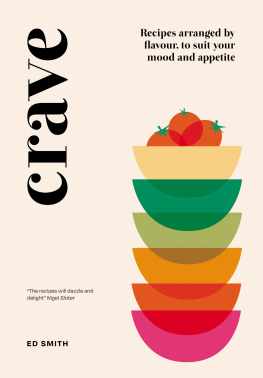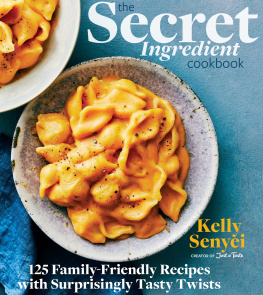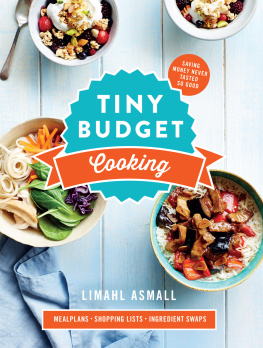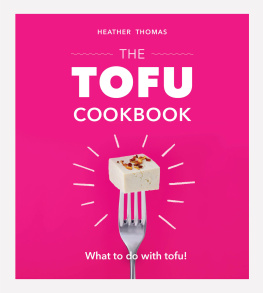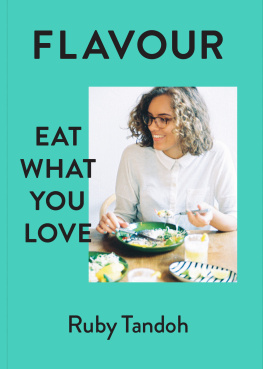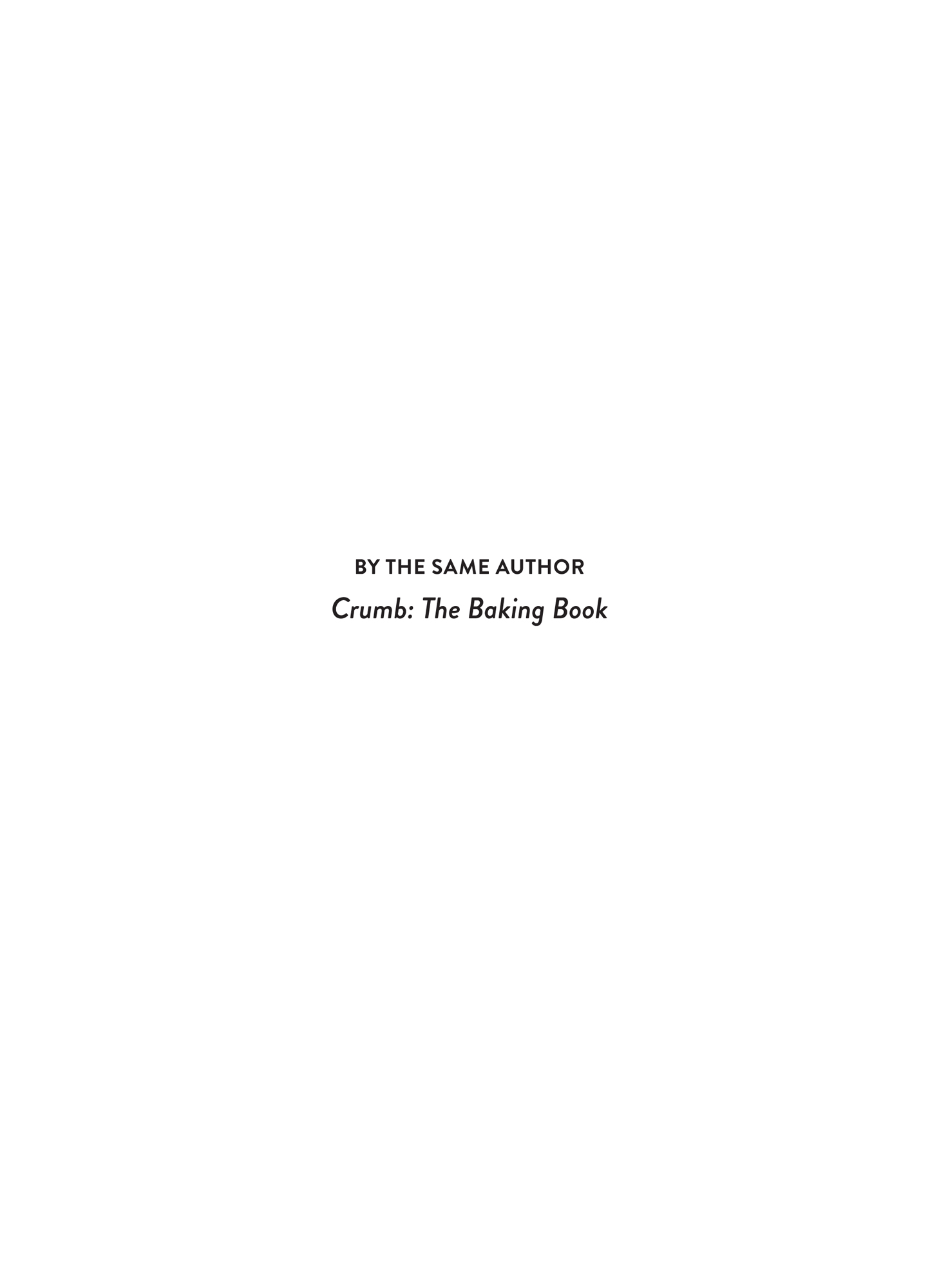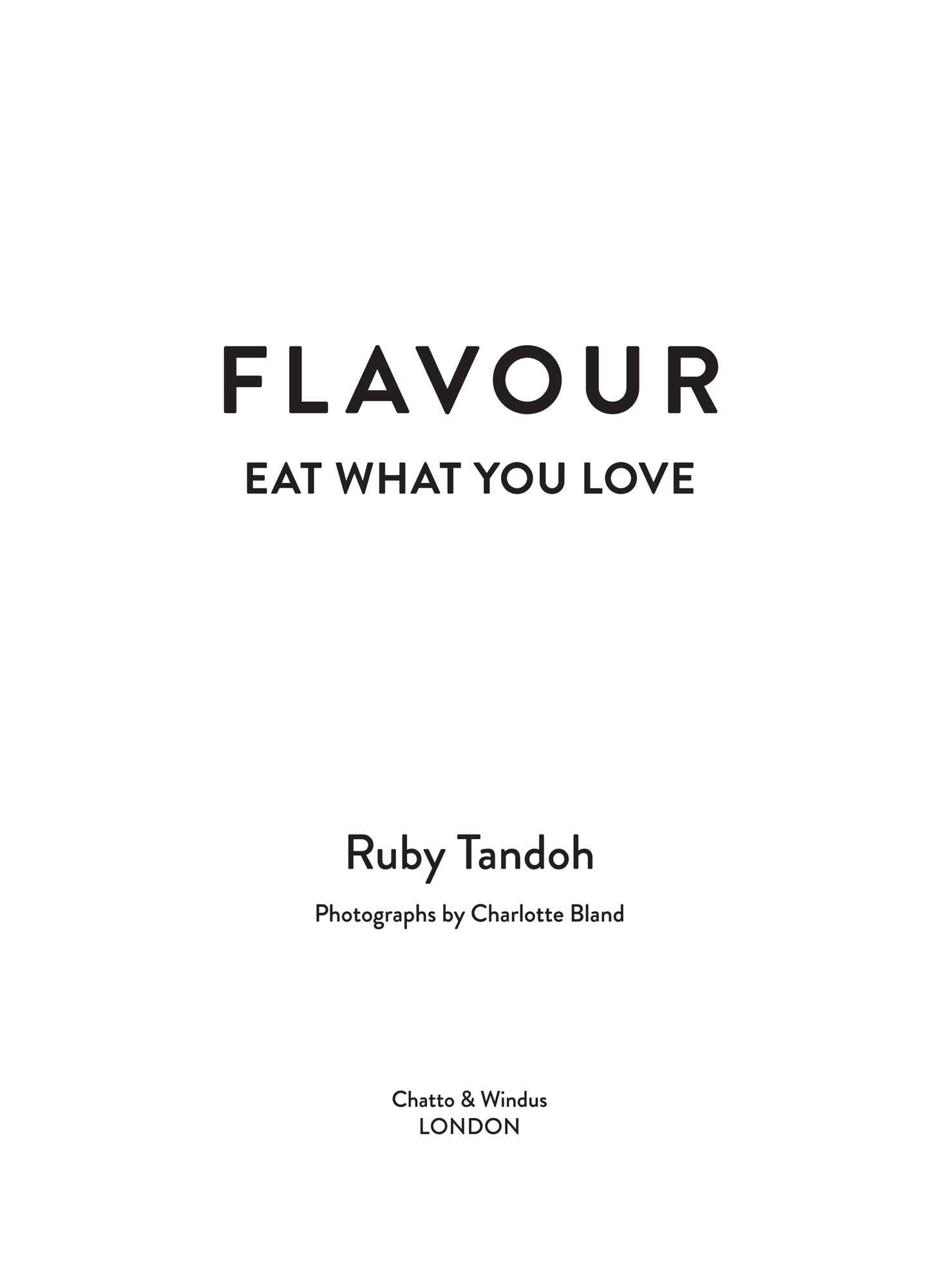CONTENTS
LIST OF RECIPES
ABOUT THE BOOK
Ruby Tandohs new book brings us over 170 recipes sweet and savoury for every day, every budget, every taste, in a cookbook that puts your appetite first.
Organised by ingredient, Flavour helps you to follow your cravings, or whatever you have in the fridge, to a recipe. Creative, approachable and inspiring, this is cooking that, while focusing on practicality and affordability, leaves you free to go wherever your appetite takes you. It is a celebration of the joy of cooking and eating.
Ruby encourages us to look at the best ways to cook each ingredient; when its in season, and which flavours pair well with it. With this thoughtful approach, every ingredient has space to shine; storecupboard staples inspire as much attention as a cut of meat and a sprig of thyme takes centre stage baked into soft teatime cakes. These are recipes that feel good to make, eat and share, and each plate of food is assembled with care and balance.
Including Hot and Sour Lentil Soup, Ghanaian Groundnut Chicken Stew, Glazed Blueberry Fritter Doughnuts, Mystic Pizza and Carrot and Feta Bites with Lime Yoghurt, this is a cookbook that focuses above all on flavour and freedom to eat what you love.
ABOUT THE AUTHOR
Ruby Tandoh entered Great British Bake Off aged just twenty. She quickly impressed with her creative approach to ingredients and flavour taking precedence over decoration. Ruby subsequently wrote a weekly food column for the Guardian for two years, has written columns for British ELLE and has made documentaries for BBC Radio 4. Her first book, Crumb, was published in 2014. She spends her time in Southend-on-Sea cooking, eating and watching Take Me Out.
She can be found at @rubytandoh
Thank you to everyone who helped to make this book happen, especially Matt, Charlie, Bethany, Bridget and Leah for having such good appetites
INTRODUCTION
ILL HAVE WHAT SHES HAVING
FROM WHEN HARRY MET SALLY
Food is good.
Think about the catharsis of kneading dough or mashing a pan of potatoes of being messy, tactile and free. The daydreams you slip into while peeling carrots, and all the places your mind has drifted to while youve been standing at the stove. The clarity of a recipe can be soothing, being told what to do and when, how to cook and why, and having some of lifes ambiguity lifted from you for an hour or two. At other times you might find comfort in the uncertainty of cooking: when the idea of giving up control fills you with dread, the most liberating thing can be to do just that, accepting that sometimes a loaf will rise and sometimes it wont, but trying your luck all the same. Waiting for a pan of water to come to a boil is a kind of therapy being forced to slow down, chill out and be patient while you watch a shimmer of movement creep across the water, as the heat brings it to life.
And thats before youve even started eating. What is more calming than the first spoonful of ice cream after a frantic day, or the smell of cinnamon in hot milk, or a bite of butter-rich garlic bread? A chunk of Dairy Milk is enough to turn around even the foulest mood. Theres the buzz of salty fries eaten on the night bus home, and the curative fry-up the next morning. These things feed my soul. Taking a bite of your heritage, whether thats jollof rice or Irn Bru, will help you grow strong. Eating a meal even if its collapsed, scrambled, over-salted or under-done that was made especially for you by someone who loves you, is the best feeling in the world. When the food you eat is made with care (even if its just from you, for you), you thrive. And returning the favour, making treats to feed your friends and family, will nourish you in turn. All this is what makes food good for you: giving and healing, taking a break, learning and self-care.
What really makes food soar clear of mere nutrition, though, and detaches it from the language of calories, wellness, sugar and fat, is flavour. Flavour makes food a pleasure. It is taste, then not presentation or prestige, health or fashion that shapes the recipes in this book. Each ingredient in every dish contributes flavour and/or texture, nothing is just for show; each flavour combination has been imagined, balanced and tested to excite your palate and encourage you to try something new. Ive paired banana and thyme in a soft teatime cake, coffee deepens a sticky rib glaze and cinnamon adds fragrant sweetness to a comforting couscous dinner. Old friends like apple and pork, or tomato and basil, are given a fresh twist in some recipes, while in other dishes less orthodox combinations take the stage try pineapple curd in a camomile cake, or orange zest to lift a spicy prawn curry.
There are some ingredients onions, salt and pepper, milk, tomatoes that we use so much, and so often in a supporting role, that we barely notice the flavour they bring to a dish. Flashier ingredients steal the show, and our kitchen staples go uncredited. In writing this book I forced myself to use these ingredients more thoughtfully and more discerningly, and I began to find even the most mundane storecupboard stock exciting: cans of chickpeas and forgotten jars of spice suddenly became meal inspiration rather than midweek supper resignation. Its my hope that as you work through the recipes here youll find new life in your familiar old ingredients, and learn a few ways to bring out the best in them in your cooking.
Flavour is ultimately a matter of taste, and theres no right or wrong. If you love my sticky drumstick recipe, Im delighted; if your loyalties lie with KFC, thats no bad thing. As long as you enjoy the food you eat Im happy. We need to ignore food snobs and the categories good and bad taste, slow cooking versus fast food that are used to shame us for liking the food we like. My job is to give you a few hints and tips to help you to broaden your repertoire, perfect a favourite family meal or see an ingredient in a new light.
A return to flavour is particularly important, I think, considering the obsession with wellness in food culture right now. The problem with wellness is that its as arbitrary as it is expensive: gluten is public enemy no.1 at the moment, but it could just as easily be olive oil, wine or carrots. The things that save us today could tomorrow be a scourge. The pursuit of good health is fine if thats what youre interested in, but when health becomes all you think about, thats not healthy. I want you to eat without paranoia, or shame, or fear. Eat what you want. Think of the Hungry Caterpillar, who emerged a butterfly precisely because it ate what it wanted to, with gusto.
This book is for everyone who likes to eat, whether youre a new cook or a devoted foodie, a fast food queen or a restaurant critic, old or young. I hope youll find meals to suit you, whether youre cooking for yourself, a hungry brood or your best friends. Its for people with dream kitchens and for those still using a wine bottle as a rolling pin, for fussy eaters and happy gluttons and everyone in between. In a way, though, I wrote this for myself. Learning to cook helped me to enjoy food again, it connected me with the people I care about and, most importantly, it taught me how to care for, love and nourish myself. Be your own best friend, cook yourself something special and eat what you want today.


